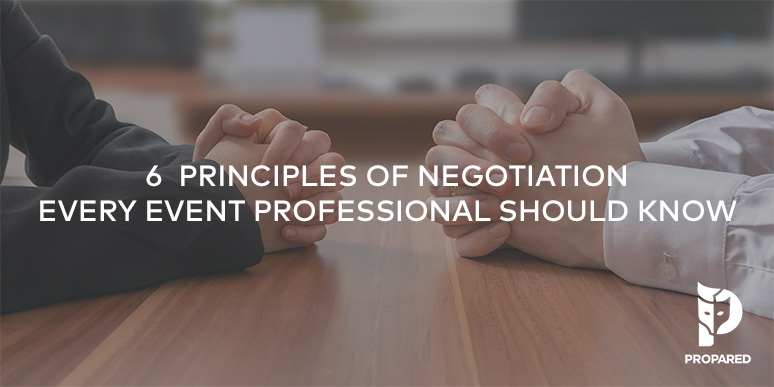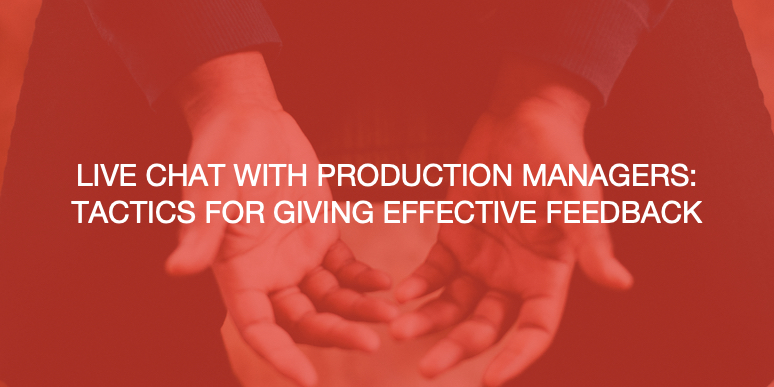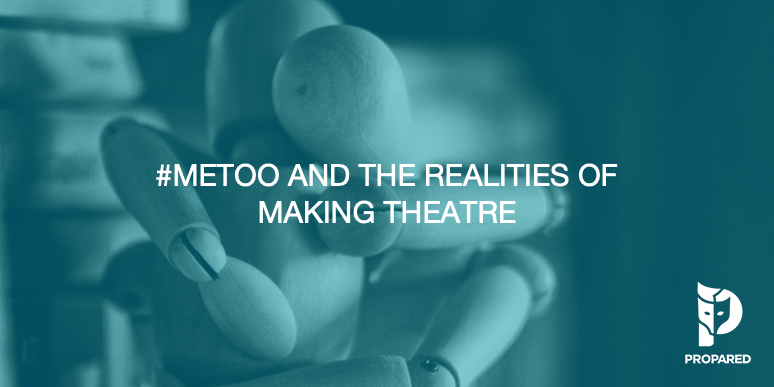
Let’s get one thing out of the way first. You are already a negotiator. If you’ve ever bought a car, haggled rent, or booked a gig, you’ve been on one side of the negotiating table.
Think back to how you felt in those negotiations. Did you feel nervous? Stressed? Angry? Calm? Confident? There are people who love the thrill of a tense exchange. If you’re like me though, there negotiations can feel a bit uncomfortable more often than not.
The good news is there are ways to train yourself to get over this discomfort. And improve your bargaining skills at the same time! You may never fully enjoy the process but by building up your confidence, you can increase the chances of getting what you want. So whether you’re going back and forth with a client over an event proposal, trying to get a better rate with a vendor, or anything else, these 6 principles can help every event planner better prepare for the next negotiation.
1. Know the Type of Negotiation Before You Begin
There are two major types of negotiation; distributive and integrative. A distributive negotiation is usually considered to be win-lose, often focused on a single issue. For example, you want to charge your client a certain price for managing an event. He or she wants to pay less. If, during the negotiation, all you do with the client is haggle over price, you are engaging in a distributive negotiation. One side will win and one will lose.
An integrative negotiation is a more collaborative bargain. Rather than stake your position on a single issue, both sides come to the table to maximize the joint outcome. This is accomplished by recognizing and seeking value on multiple issues. Forget the bottom line and focus on the components that make up the bottom line. That’s integrative negotiation.
Note that there may be both types of bargaining happening at any time. You could be seeking a mutually beneficial outcome will also winning or losing on a particular point. But generally speaking, the more you can move everything toward collaboration, the better the outcome.
2. Unbundle the Negotiation Points
Let’s stay with the example negotiation above; you and a potential client are attempting to reach an agreement on the cost of managing his or her event. You know you want it to be an integrative negotiation. So take apart your fees. Ask yourself; what goes into setting that price? You’re probably weighing your own labor costs, vendor fees, internal overhead, travel, etc. Separate all of these pieces out, making it clear to the client the full scope of services you are providing.
This process of unbundling is vital to achieving a win-win. Perhaps there are services included in your pricing that the client doesn’t need. Say your pricing includes expected costs for renting equipment. If it turns out the client doesn’t need certain equipment or has their own, this could help you lower your price to something more agreeable.
Be transparent where possible. It can help the other party understand the pieces you have in place and allow him or her to counteroffer with greater specificity.
3. Log-Roll on Less Important Items
Once you’ve unbundled the issues on the table, it’s time to prioritize. What things are critical for you and what aren’t? Often, in an integrative negotiation, there are things you can concede in favor of securing the contract. This is called log-rolling.
You’re in discussions with a venue to host your event. You’ve got a preferred date but your client has indicated that it isn’t mandatory. Perfect. This is a negotiating point you could log roll on if your preferred date is unavailable. Say you’ll accept an alternate date if the venue can offer you the price you want to pay.
Booking a suite of guest rooms for a conference? Which is more important if you can’t get both: to get a set number of rooms, or a discounted rate on the rooms you do block? Figure out your priority and be prepared to log roll on the lesser of your needs.
4. Pay Attention to Your Body Language
Have you ever been in a conversation with someone and suddenly get the sense he or she has checked out? You’re probably picking up on some nonverbal cues. Body language can speak volumes and often times communicate something whether you intended it or not. Having a basic understanding of body language can help you gauge how the negotiation is progressing.
To achieve a win-win, you’ve got to establish a good rapport with your counterpart. Lean forward, make eye contact, or mimic the other person’s posture. These positive actions aid in diffusing tension and subtly communicate your commitment to reaching an agreement.
Frequently looking away, crossing arms, or frowning send negative signals, that you or the other party are unhappy with the proceedings. If you can recognize them, you can adjust and recommit to establishing rapport.
5. Beware of Sunk Costs
Suppose you bid on a gig. You spent time and money building a proposal, taking meetings, even drafting designs. In the end, you didn’t secure the contract. It happens. Another job and another negotiation will come.
When next opportunity knocks, the most important thing you can do is completely forget the prior loss. You need to begin your new negotiation with a fresh perspective and new intent. This doesn’t mean you won’t have learned from your prior misses. Simply that you cannot begin a new negotiation with a mind to recover money spent on the previous failed bid. If you do, you have fallen victim to the sunk cost fallacy.
This is incredibly important, especially for event planners who work project to project. You’re spending money to make money, right? Sometimes, you aren’t going to realize the second half of that statement. Let it go. You cannot let it cloud future negotiations. The decisions you make – what to charge, what services to provide, etc. – must be made in accordance with the current project and potentially, future business. Not the past. If you are constantly looking backwards to influence present and future decisions, you’ll fail to stay in line with changing trends and expectations.
6. Know Your BATNA
BATNA is your “Best Alternative to a Negotiated Agreement.” Some people refer to this as a walk-away point because in some negotiations, it will be more beneficial to you to walk away than accept the offer on the table. Before you begin any negotiation, you must know what the absolute best alternative is to your ideal.
Suppose you can book your second choice of caterer for $85/person. This is your BATNA. Now, you are in a much stronger position when negotiating with your first choice. If you can’t get him or her down to at least equal if not below $85, you can comfortably walk away. You might not feel the need to concede, log-roll, or otherwise accept terms that are less favorable since you’ve got your BATNA in your back pocket.
While there are always some people more comfortable at the negotiating table, it is not an unattainable skill. With practice and opportunity, any event planner can become a more confident, strong negotiator. Event managers are often in the middle of many parties coming together to execute a project. This means lots of opportunity to bargain. Establish your BATNA, prioritize your issues, and approach each negotiation as a collaboration, not a competition. You’ll find greater success.



